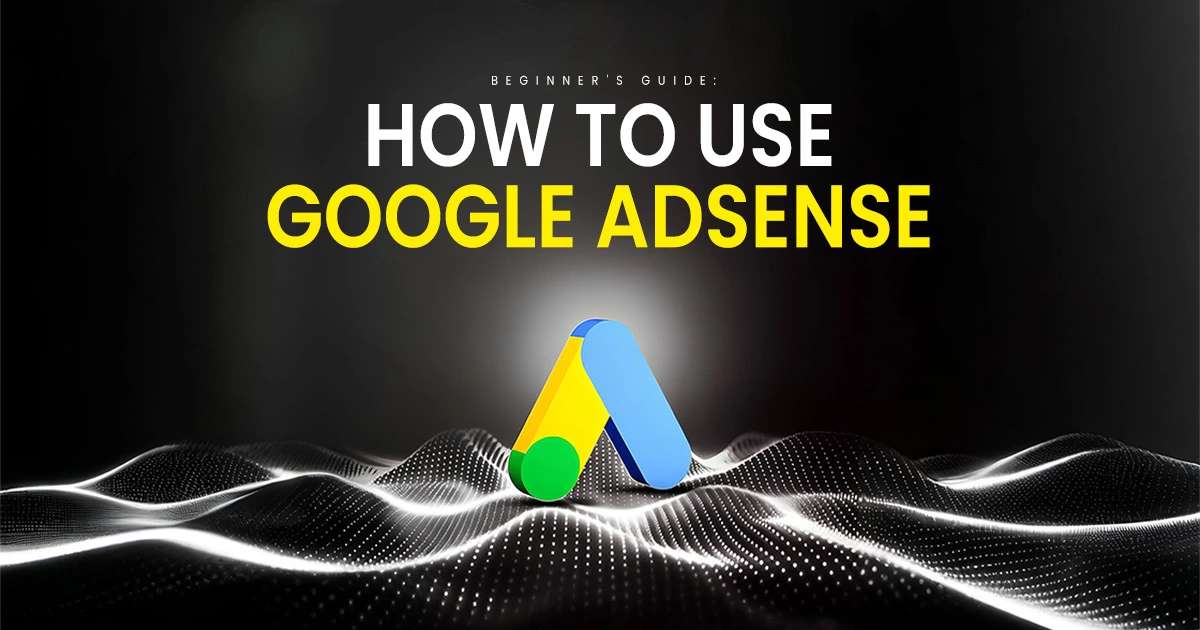So your traffic just tanked overnight, and you’re staring at Google Analytics wondering what the hell happened. Been there. It’s frustrating, especially when you’ve been doing everything “right” according to the SEO playbook.
Here’s the thing about SERP changes: they’re not going away. Google updates seem to drop whenever they feel like it, and sometimes there’s barely any warning. I’ve watched businesses panic over traffic drops, throw money at quick fixes, and still not recover. But I’ve also seen smart site owners bounce back stronger because they had the right foundations in place.
Let me share what actually works when the algorithm decides to shake things up.
Stop Putting All Your Eggs in Google’s Basket
You’d be surprised how many websites rely entirely on organic search. When SERP changes hit hard, these sites get absolutely hammered because they’ve got nowhere else to pull visitors from.
Start building other channels now, not later when you’re in crisis mode. Maybe it’s email (seriously, build that list), social media where your audience actually hangs out, or even a YouTube channel if that fits your niche. The goal isn’t to replace search traffic entirely. It’s about having backup streams so one Google update doesn’t kill your business overnight.
We’ve worked with clients at Emeralds Media who barely blinked during major algorithm shifts because they’d already spent time nurturing their email subscribers and social communities. That’s not luck, that’s planning.
Make Your Site Actually Good for Humans
I know this sounds basic, but hear me out. Too many people still approach SEO strategies like they’re trying to trick Google. Newsflash: you can’t. Not anymore, anyway.
Google’s gotten pretty damn good at figuring out which sites genuinely help people and which ones are just trying to game rankings. Your site needs to load fast, I’m talking under 3 seconds, not that 8-second nightmare you’re currently running. It should look decent on phones since that’s where most people browse now. And please, for the love of everything, make it easy to find information without endless scrolling through fluff.
When you focus on user experience first and search engine optimization second, you’re playing the long game. And honestly? That’s the only game worth playing at this point.
Write Stuff People Will Care About Next Year
Chasing every trending topic might feel productive, but it’s exhausting, and it doesn’t build lasting traffic. You need content that stays relevant, what the industry calls “evergreen” content, though I hate that term because it sounds so corporate.
Think about the questions your customers ask repeatedly. Write comprehensive answers to those. Create guides that teach fundamental skills in your industry. These pieces might need occasional updates, but they won’t become useless after two weeks like news-based articles do.
Don’t get me wrong, timely content has its place. But when Google updates roll out, and rankings shuffle around, having solid foundational content keeps the traffic flowing while you figure out what changed.
Actually Pay Attention to Your Numbers
You can’t maintain website traffic if you’re not watching where it comes from and where it goes. I’m not saying you need to obsess over analytics every day, but weekly check-ins are non-negotiable.
Look at which pages took hits. Are there patterns? Maybe long-form content is suddenly performing better, or your how-to articles are getting crushed while product reviews are thriving. These patterns tell you something about what Google’s prioritizing right now.
Also, watch your bounce rates and time-on-page metrics. If people are leaving immediately, that’s a sign your content isn’t matching what they expected to find, and Google notices that stuff.
Build Real Credibility (Not Fake Authority)
Google’s obsessed with this E-E-A-T thing now: Experience, Expertise, Authoritativeness, and Trustworthiness. It sounds like corporate buzzword bingo, but it actually matters for traffic drop solutions.
Put real names and credentials on your content. Get links from sites that actually matter in your industry, not just random blogs that’ll link to anything. Contribute to conversations in your field. When other experts reference your work, that carries weight.
This isn’t quick. Building genuine authority takes months or years, not weeks. But it’s also the kind of foundation that survives algorithm changes because you’re not relying on tricks, you’re actually becoming a trusted source. Whether you’re doing this in-house or working with an SEO agency, the approach should be the same: real expertise, real value.
Stay Flexible Without Freaking Out
The worst thing you can do during Google updates is panic and change everything immediately. The second worst? Changing nothing and hoping it blows over.
You need to stay informed about what’s happening in search without becoming one of those people who rewrite their entire site every time Google sneezes. Join some SEO communities, follow reliable industry sources, and actually understand what changes are targeting before you react.
Document what you change and when. Six months from now, when traffic’s different again, you’ll want to know whether that major content overhaul helped or hurt.
The Bottom Line
Look, SERP changes are part of the game now. You can either build something that survives them, or you can spend your life chasing algorithm updates and never getting ahead.
These six strategies aren’t flashy. They won’t promise you’ll rank #1 in 30 days or whatever nonsense someone’s trying to sell you. What they will do is create stability. When the next update hits, and it will, you’ll have multiple traffic sources, content people actually want, data to guide your decisions, real authority in your space, and the flexibility to adapt.
Start with whichever strategy feels most urgent for your site right now. You don’t have to implement everything at once. But do start somewhere, because waiting until traffic crashes to think about this stuff? That’s the hard way to learn these lessons, and I wouldn’t wish it on anyone.
Ready to stop stressing over Google updates and actually build sustainable traffic?
At Emeralds Media, we help businesses create resilient, long-term SEO strategies that survive every algorithm shift. If you’re ready for stability, smarter growth, and a team that actually understands how to navigate SERP volatility, contact us today and start building a traffic source you can rely on.
Frequently Asked Questions
1. Why does my website traffic drop after a Google update?
Traffic drops usually happen because Google adjusts how it evaluates content, user experience, and relevance. If your site relies too heavily on search traffic, even small SERP changes can cause noticeable declines.
2. How can I protect my site from future SERP changes?
Diversify your traffic sources, improve user experience, publish evergreen content, and build real authority. These long-term strategies help keep traffic stable even during major algorithm shifts.
3. What’s the first thing I should do when traffic suddenly falls?
Check your analytics. Identify which pages were affected, look for patterns, and avoid making drastic changes immediately. Use data to guide the next steps instead of reacting out of panic.




